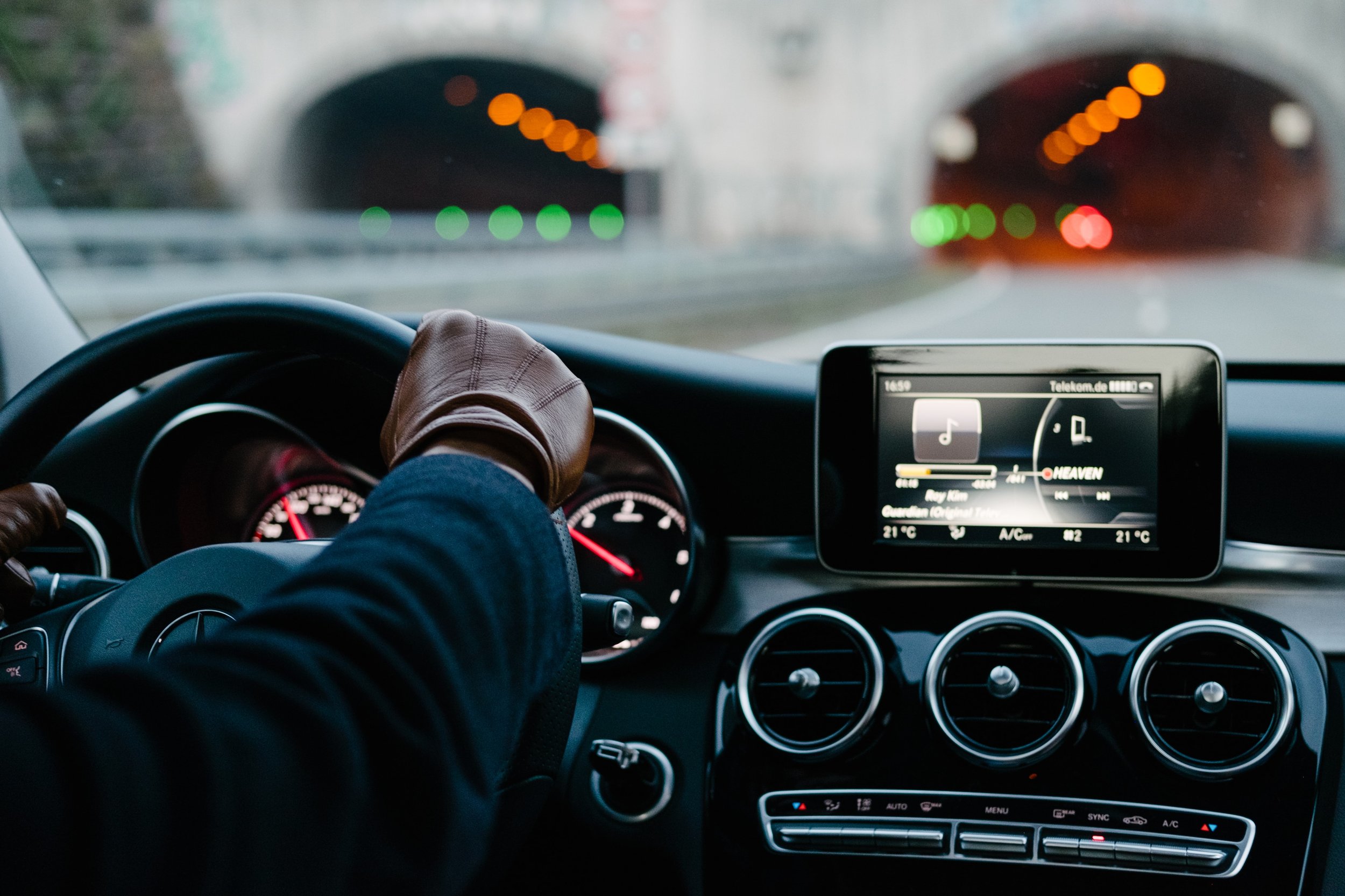No Limit
It was almost ten years ago when I first experienced driving on Germany’s iconic Autobahn. It was early summer and despite my misgivings, I was learning to drive. I’d actually been taking classes for months, but due to the laws surrounding learner drivers, I had to complete over ten theory lessons before I was even allowed to sit behind the wheel of a car. Twice a week lessons were held in the small stuffy office of my driving school, which was only one of the many downsides. As a man in my late twenties, I was nearly a decade older than any of the other learners. Sitting in this small room, surrounded by 17 year old high schoolers, was a chastening experience. We didn’t have a lot in common, after all, I had long ago given up drenching myself in Lynx Africa. I knew I was a figure of fun among my class. The furtive glances and occasional giggles were hard not to notice. Luckily, or possibly unluckily, my German was so poor I neither fully understood the wisecracks aimed at me, nor much of the actual theory I was there to learn.
Thankfully I had the greatest driving instructor in the world. A giant of a man, with hands the size of boulders, who frequently laughed loudly through an unkempt but very impressive beard. He would walk me out of every lesson and give me an abridged version of the incomprehensible hour I had just sat through. He would then direct me to websites so that I could actually work out what I was supposed to be learning. He knew I was nervous about driving, even without the obvious language barrier. He would never lose his temper, but would calmly admonish me when I screwed things up, and I would often screw things up.
After weeks under his burly wing, I had grown in confidence and ability, and I wasn’t massively surprised when I got into the car one evening to be informed that today was the day, today I would become, as he put it, a “real German”. I was finally being allowed to place my wheels on the hallowed ground of the Autobahn. I felt excited, but I was also acutely aware that my hands had begun to sweat the way they always did when my nerves got the better of me. We drove towards the slip road of the Autobahn, and as we got closer, he turned to me and bellowed “You need to accelerate my friend!”. This was my introduction to the real world of German driving.
To drive on the Autobahn, you have to get very comfortable with speed, not just yours, but everyone else’s too. Through those weeks of Autobahn driving, I was given some of the most useful advice that I still use today: Don’t look at the car in front all the time, look further in the distance for what the traffic is doing, use the meter markers next to the road to gauge distance, change lanes early rather than late, don’t hesitate, predict who on the road might make a rash decision, and most importantly, assume everyone around you is an idiot. These rules, I can say without a trace of hyperbole, have kept me alive driving in Germany.
Obviously the Autobahn is world famous for not having speed limits, but the major challenge of driving on it isn’t just the speed of the vehicles, but the speed at which things can happen. One minute you’re blasting down the road at 170 kmh, and then suddenly there’s a massive traffic jam. Other times you’ll check your rearview mirror and see nothing, the next minute there’s a car centimetres away from you, the driver flashing their lights to make you move out their way. Sometimes people will indicate, sometimes they won’t, and when you’re moving at high speed, you need to recognise the signs that someone is going to make a rash decision. In those moments, I hear my driving instructor “Remember, we’re surrounded by idiots Nicholas!”.
Despite Germany’s reputation for rule following, the Autobahn seems to be the exception that proves the rule. There are rules, even speed limits on some sections, but more often than not, these are treated as mere recommendations. Along with frequent breaking of the rules, the general quality of driving leaves a lot to be desired. I’ve sat through many conversations with people complaining about the Swiss, the Austrians, the Italians, or the hated Dutch caravans that appear during the summer holidays, but by far the worst drivers are the Germans. It’s not that the necessarily intend to put people in danger, but they will often break those golden rules given to me by my instructor. People will frequently ignore proper distance, which at high speed can be fatal. They make late manoeuvres, pulling out at the last minute, forcing the cars behind to slam on their brakes. They hesitate, change lanes without looking, and worst of all, become impatient very quickly.
Naturally, Germans take umbrage whenever I share my opinion of the general quality of drivers here. No one wants some British bloke waxing lyrical about their nations bad habits. However, the general reaction to my criticisms pales in comparisons to the reaction you get when the topic of speed limits comes up. Germany can be quite a rational nation on the whole, but even the most mild mannered German can suddenly become a snarling beast when it’s suggested that having a standard speed limit of 130 kmh might be a good idea. Whether the argument concerns safety or the benefits of reducing pollution or preventing the oncoming climate catastrophe, it doesn’t matter, many have already decided it’s their right to drive 300 kmh. It’s no surprise that commentators here make the comparison with American gun owners. We might not quite be at the Charlton Heston “cold dead hands” moment, but we’re not far off.
Personally I think introducing speed limits would overall improve the driving experience in Germany. Roads would be safer, we’d burn less petrol, and we’d all probably manage to save a bit on the ever increasing price of fuel. I’m aware this isn’t a popular opinion, and frankly I love driving fast, but ultimately the arguments for out way the arguments against. Nevertheless, introducing a general speed limit will be no easy process, and it could well open serious societal divisions. What that might mean for Germany is anyones’s guess.
Image Credit
Photo by David Becker on Unsplash
Photo by Patrick Federi on Unsplash
Photo by Hannes Egler on Unsplash
Photo by Olav Tvedt on Unsplash
Photo by Andrés Alagón on Unsplash
Photo by Clark Van Der Beken on Unsplash






